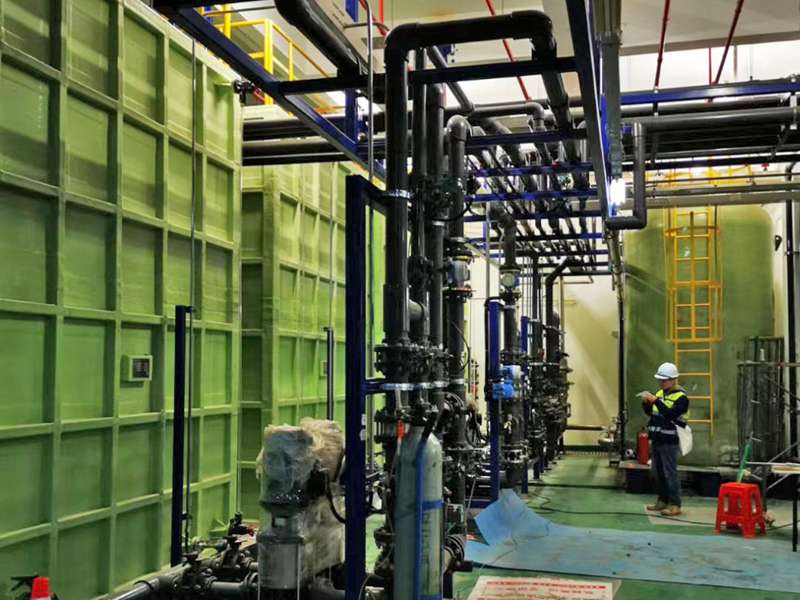
-
 Afrikaans
Afrikaans -
 Albanian
Albanian -
 Amharic
Amharic -
 Arabic
Arabic -
 Armenian
Armenian -
 Azerbaijani
Azerbaijani -
 Basque
Basque -
 Belarusian
Belarusian -
 Bengali
Bengali -
 Bosnian
Bosnian -
 Bulgarian
Bulgarian -
 Catalan
Catalan -
 Cebuano
Cebuano -
 China
China -
 China (Taiwan)
China (Taiwan) -
 Corsican
Corsican -
 Croatian
Croatian -
 Czech
Czech -
 Danish
Danish -
 Dutch
Dutch -
 English
English -
 Esperanto
Esperanto -
 Estonian
Estonian -
 Finnish
Finnish -
 French
French -
 Frisian
Frisian -
 Galician
Galician -
 Georgian
Georgian -
 German
German -
 Greek
Greek -
 Gujarati
Gujarati -
 Haitian Creole
Haitian Creole -
 hausa
hausa -
 hawaiian
hawaiian -
 Hebrew
Hebrew -
 Hindi
Hindi -
 Miao
Miao -
 Hungarian
Hungarian -
 Icelandic
Icelandic -
 igbo
igbo -
 Indonesian
Indonesian -
 irish
irish -
 Italian
Italian -
 Japanese
Japanese -
 Javanese
Javanese -
 Kannada
Kannada -
 kazakh
kazakh -
 Khmer
Khmer -
 Rwandese
Rwandese -
 Korean
Korean -
 Kurdish
Kurdish -
 Kyrgyz
Kyrgyz -
 Lao
Lao -
 Latin
Latin -
 Latvian
Latvian -
 Lithuanian
Lithuanian -
 Luxembourgish
Luxembourgish -
 Macedonian
Macedonian -
 Malgashi
Malgashi -
 Malay
Malay -
 Malayalam
Malayalam -
 Maltese
Maltese -
 Maori
Maori -
 Marathi
Marathi -
 Mongolian
Mongolian -
 Myanmar
Myanmar -
 Nepali
Nepali -
 Norwegian
Norwegian -
 Norwegian
Norwegian -
 Occitan
Occitan -
 Pashto
Pashto -
 Persian
Persian -
 Polish
Polish -
 Portuguese
Portuguese -
 Punjabi
Punjabi -
 Romanian
Romanian -
 Russian
Russian -
 Samoan
Samoan -
 Scottish Gaelic
Scottish Gaelic -
 Serbian
Serbian -
 Sesotho
Sesotho -
 Shona
Shona -
 Sindhi
Sindhi -
 Sinhala
Sinhala -
 Slovak
Slovak -
 Slovenian
Slovenian -
 Somali
Somali -
 Spanish
Spanish -
 Sundanese
Sundanese -
 Swahili
Swahili -
 Swedish
Swedish -
 Tagalog
Tagalog -
 Tajik
Tajik -
 Tamil
Tamil -
 Tatar
Tatar -
 Telugu
Telugu -
 Thai
Thai -
 Turkish
Turkish -
 Turkmen
Turkmen -
 Ukrainian
Ukrainian -
 Urdu
Urdu -
 Uighur
Uighur -
 Uzbek
Uzbek -
 Vietnamese
Vietnamese -
 Welsh
Welsh -
 Bantu
Bantu -
 Yiddish
Yiddish -
 Yoruba
Yoruba -
 Zulu
Zulu
Effective Management of FRP Moisture Traps for Enhanced Durability and Performance in Applications
Understanding FRP Moisture Traps Importance and Applications
Fiber Reinforced Polymer (FRP) materials have gained significant popularity in various industries due to their high strength-to-weight ratio, durability, and resistance to corrosion. However, a critical aspect often overlooked in the context of FRP applications is moisture retention. The presence of moisture can severely impact the performance and longevity of FRP structures, leading to issues such as deformation, delamination, and strength degradation. To address these challenges, the innovation of FRP moisture traps has emerged as a viable solution.
What is FRP Moisture Trap?
An FRP moisture trap is a specialized device designed to collect, contain, and remove moisture from FRP structures. It is engineered to create a barrier that prevents moisture ingress, thereby protecting the integrity of the composite material. These traps are typically constructed from compatible FRP materials, ensuring they can seamlessly integrate with existing structures while enhancing their protective capabilities.
Importance of FRP Moisture Traps
1. Preservation of Structural Integrity One of the primary functions of moisture traps is to safeguard the integrity of FRP structures. Moisture can lead to chemical reactions within the composite material, resulting in a loss of mechanical properties. By effectively managing the moisture levels, these traps help maintain the original strength and rigidity of the FRP components.
2. Increased Longevity Implementing moisture traps can significantly extend the lifespan of FRP applications, especially in harsh environments such as coastal areas or industrial settings where exposure to moisture is prevalent. By preventing moisture accumulation, the traps minimize the risk of mold, mildew, and rot, which can compromise structural performance and safety.
3. Cost Efficiency The initial investment in moisture traps may be offset by the long-term savings associated with reduced maintenance and repair costs. By preventing moisture-related damage, organizations can avoid costly downtime and extensive repairs, thereby improving overall operational efficiency.
frp moisture trap

4. Adaptable Design FRP moisture traps can be customized to fit various applications, from construction and marine uses to automotive and aerospace industries. Their adaptability ensures that they can be integrated into different designs and operational contexts, enhancing their utility across diverse sectors.
Applications of FRP Moisture Traps
- Construction In the construction sector, moisture traps are crucial for protecting FRP-reinforced concrete structures, bridges, and façades. They play a vital role in ensuring that moisture does not compromise the structural integrity of these elements.
- Marine Environments Due to its proximity to water, marine applications can significantly benefit from FRP moisture traps. These systems help prevent water intrusion in boats, vessels, and offshore platforms, contributing to safer and more durable operations.
- Aerospace The aerospace industry requires components that can withstand variable climate conditions. FRP moisture traps contribute to maintaining the performance of aircraft components by managing moisture levels effectively.
- Automotive In automotive applications, moisture management is essential to prevent corrosion in FRP parts, which can extend the lifespan of vehicles and improve their performance.
Conclusion
FRP moisture traps represent a crucial advancement in the management of moisture in FRP applications. By protecting the integrity of these materials, increasing their longevity, and offering cost-effective solutions, moisture traps play an indispensable role across various industries. As the understanding of FRP materials and their applications continues to grow, the development and integration of effective moisture management solutions will undoubtedly enhance the performance and reliability of FRP structures in the years to come.
Latest news
-
Oblate Tanks: Space-Saving, Durable Liquid Storage SolutionsNewsAug.27,2025
-
High-Performance Piping System Solutions for Industry & Commercial UseNewsAug.26,2025
-
Precision Fittings: Durable & Reliable Industrial & Plumbing SolutionsNewsAug.25,2025
-
Practical Steps: Unlock Success with Our Proven GuidesNewsAug.24,2025
-
Transport Tanks: Safe, Durable & Efficient Liquid HaulingNewsAug.23,2025
-
High-Quality Piping Systems for Efficient Flow & DurabilityNewsAug.22,2025









